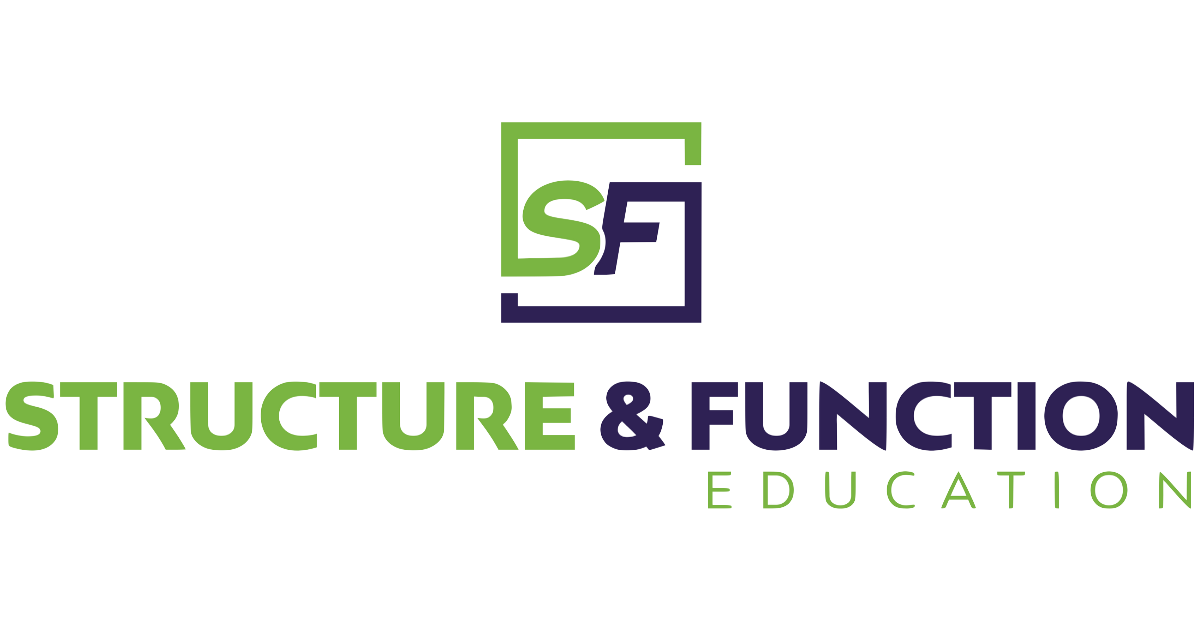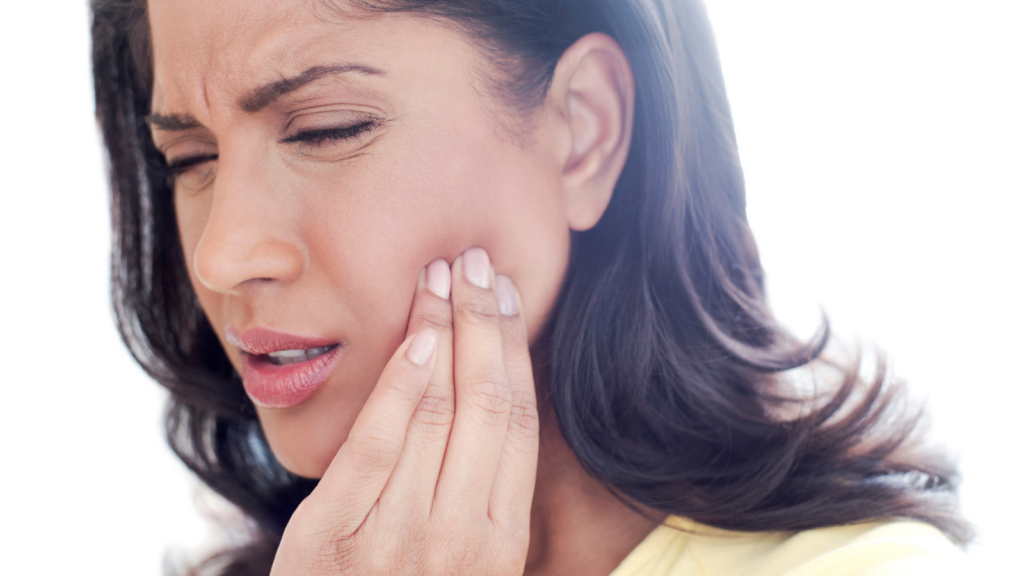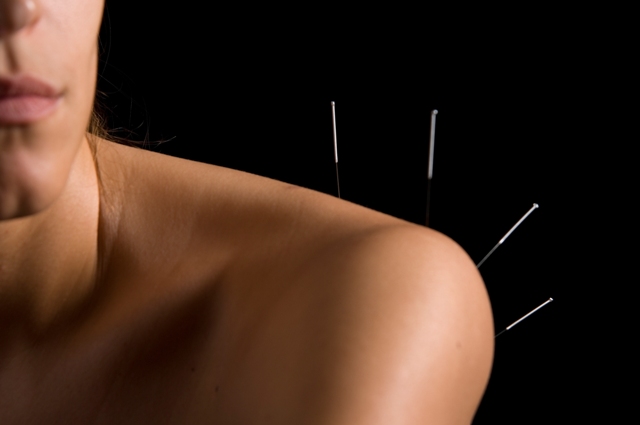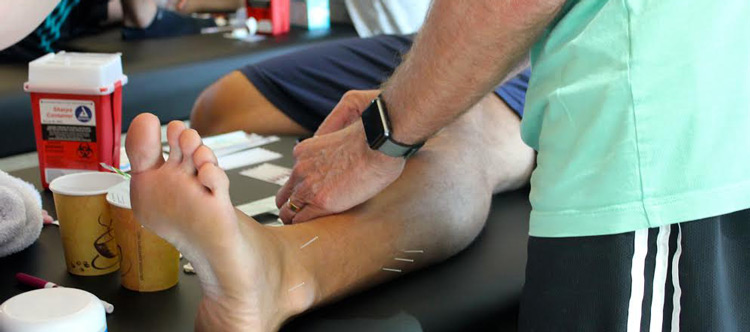Unlocking Relief: TMJ Dysfunction with Dry Needling
For individuals affected by Temporomandibular Joint Dysfunction (TMD), the search for relief from the discomfort can seem never-ending. TMD is the 2nd most common musculoskeletal pain, with low back pain being the first. About 33% of the population has at least one TMD symptom, and 3.6 to 7.0% of the population has TMD with sufficient severity that they desire treatment.1-2 As physical therapists, chiropractors, and athletic trainers, we always seek efficient, research-based treatments to relieve our patients’ pain. Dry needling has become a prominent intervention technique used to alleviate pain and increase function in patients suffering from TMD.3-7
Comprehending TMJ Dysfunction: A Complicated Enigma
TMJ dysfunction is a complex disorder. This condition includes pain, limited range of motion, and sometimes jaw locking or clicking.2 TMD is a complex disorder; the underlying reasons for the disorder might consist of everything from bad posture or bruxism (tooth grinding) to arthritis and trauma.1-2 These elements may result in myofascial pain and dysfunction, which are associated with pain in the jaw, face, and even neck, as well as hyperactivity and stiffness in the masticatory muscles.7
TMJ dysfunction is complicated, so treating it requires a multifaceted strategy that considers both the neurological and muscular aspects of the condition. Dry needling provides a focused, effective remedy here.3,4,6
The Mechanism: TMJ Dysfunction Treatment with Dry Needling
Dry needling isolates hyperirritable areas and myofascial trigger points in a taut band of muscle.8 In cases of TMJ dysfunction, the masseter, temporalis, and lateral pterygoid muscles are typically involved. Dry needling can help reduce muscle tension, break pain cycles, and accelerate tissue recovery by focusing on these particular muscles.9-10
However, dry needling has ramifications beyond mechanical effects on the tension of these muscles. Additionally, the needle’s entry triggers a series of neurochemical reactions. It triggers the release of serotonin, endorphins, and other analgesics, all of which help to modify the perception of pain.11 Furthermore, the needle’s microtrauma can stimulate the body’s natural healing mechanisms by boosting blood flow and lowering inflammation in the affected tissues.12
Clinical Application: Techniques and Considerations
Precision is crucial when dry needling the TMJ. Due to the region’s intricate and sensitive anatomical structures, practitioners must thoroughly understand the local anatomy. Professionals who want to advance their expertise should take courses specializing in dry needling, especially those that address TMJ and craniofacial problems, specifically Structure and Function Education’s® Comprehensive Approach to Craniofacial and Upper Quarter Dysfunction course.
Courses usually cover the safe and efficient needling of essential muscles like the masseter and temporalis. These muscles are easily accessible for dry needling and are frequently associated with dysfunction of the TMJ. More complex courses, however, might also cover the lateral pterygoid. This muscle, which is deeply located and plays a vital function in jaw movement, is infamously difficult to reach. Acquiring proficiency in these methods guarantees patient safety and comfort while improving clinical results.
Integration with Other Therapies: A Holistic Approach
Despite its strength, dry needling works best in a more comprehensive treatment strategy. For those with TMJ problems, this may entail manual treatment, remedial exercises, and patient education regarding posture and ergonomics. In certain circumstances, coordination with dentists or orthodontists may be necessary to address underlying oral abnormalities leading to TMJ dysfunction.
Advancing Your Practice: The Value of a Dry Needling Course
Clinicians wishing to include dry needling into their practice would benefit significantly from a dry needling course. These courses provide the technical abilities required for the procedure and a thorough understanding of the underlying mechanics and therapeutic applications. Those interested in treating TMJ issues will benefit significantly from specialist courses focusing on the craniofacial region. Structure and Function Education’s® Foundations in Dry Needling for Orthopedic Rehab & Sports Performance and the Comprehensive Approach to Craniofacial and Upper Quarter Dysfunction course.
Additionally, finishing a dry needling course can lead to new opportunities for patient care, enabling medical professionals to treat a wider variety of musculoskeletal issues. Including dry needling in your therapy toolkit can significantly improve patient outcomes and satisfaction, especially in light of the growing desire for drug-free pain management choices.
Conclusion: Dry Needling Intervention for Complex TMD Cases
Dry needling is a precise, effective treatment for TMJ dysfunction, a condition that can be equally frustrating for therapists as it is for patients. Physical therapists, athletic trainers, and chiropractors can bring their patients much-needed relief from this crippling ailment by discovering the underlying processes and perfecting the treatments through specialized courses. As we continue to develop our expertise and learn more, dry needling will be vital to treating TMJ dysfunction.
If you’re struggling with TMD, consider consulting a Structure and Function Education® trained clinician to explore how these treatments can help you find relief. Structure & Function Education® has several curricular offerings to help you better treat headache pain. If you’re interested in learning how Structure & Function Education’s® Pentamodal Method of dry needling can help you treat your patients with headaches, enroll today in Foundations in Dry Needling for Orthopedic Rehab & Sports Performance and the Comprehensive Approach to Craniofacial and Upper Quarter Dysfunction course.
If you are interested in hands-on, manipulative therapies to treat TMD, we also have courses for you. Structure & Function Education’s®: Foundations of Joint Manipulation by Fix Medical Group (JMN1) and the Fascial Manipulation® Method by Stecco (FM) course program at structureandfunction.net.
References
- Chisnoiu AM, Picos AM, Popa S, Chisnoiu PD, Lascu L, Picos A, Chisnoiu R. Factors involved in the etiology of temporomandibular disorders – a literature review. Clujul Med. 2015;88(4):473-8. doi: 10.15386/cjmed-485. Epub 2015 Nov 15. PMID: 26732121; PMCID
- Murphy MK, MacBarb RF, Wong ME, Athanasiou KA. Temporomandibular disorders: a review of etiology, clinical management, and tissue engineering strategies. Int J Oral Maxillofac Implants. 2013 Nov-Dec;28(6):e393-414. doi: 10.11607/jomi.te20. PMID: 24278954;
- Dıraçoğlu, Demirhan, Meltem Vural, Ayşe Karan, and Cihan Aksoy. “Effectiveness of Dry Needling for the Treatment of Temporomandibular Myofascial Pain: A Double-Blind, Randomized, Placebo Controlled Study.” Journal of Back and Musculoskeletal Rehabilitatiohttps://doi.org/10.3233/BMR-2012-0338.
- Blasco-Bonora, Paloma María, and Aitor Martín-Pintado-Zugasti. “Effects of Myofascial Trigger Point Dry Needling in Patients with Sleep Bruxism and Temporomandibular Disorders: A Prospective Case Series.” Acupuncture in Medicine 35, no. 1 (February 2017):https://doi.org/10.1136/acupmed-2016-011102.
- Machado, E., P. Machado, V.F. Wandscher, A.M.E. Marchionatti, F.B. Zanatta, and O.B. Kaizer. “A Systematic Review of Different Substance Injection and Dry Needling for Treatment of Temporomandibular Myofascial Pain.” International Journal of Oral and Maxihttps://doi.org/10.1016/j.ijom.2018.05.003.
- Özden, Mehmet Cem, Berkem Atalay, Ali Veysel Özden, Abdülkadir Çankaya, Erdinç Kolay, and Sami Yıldırım. “Efficacy of Dry Needling in Patients with Myofascial Temporomandibular Disorders Related to the Masseter Muscle.” CRANIO® 38, no. 5 (September 2, 202https://doi.org/10.1080/08869634.2018.1526848.
- Vier, Clécio, Marina Barbosa de Almeida, Marcos Lisboa Neves, Adair Roberto Soares dos Santos, and Marcelo Anderson Bracht. “The Effectiveness of Dry Needling for Patients with Orofacial Pain Associated with Temporomandibular Dysfunction: A Systematic Rev. https://doi.org/10.1016/j.bjpt.2018.08.008.
- Dommerholt, Jan. “Dry Needling — Peripheral and Central Considerations.” Journal of Manual & Manipulative Therapy 19, no. 4 (November 2011): 223–27. https://doi.org/10.1179/106698111X13129729552065.
- Gonzalez-Perez, Lm., P. Infante-Cossio, M. Granados-Nunez, Fj. Urresti-Lopez, R. Lopez-Martos, and P. Ruiz-Canela-Mendez. “Deep Dry Needling of Trigger Points Located in the Lateral Pterygoid Muscle: Efficacy and Safety of Treatment for Management of Myofhttps://doi.org/10.4317/medoral.20384.
- Nowak, Zuzanna, Maciej Chęciński, Aleksandra Nitecka-Buchta, Sylwia Bulanda, Danuta Ilczuk-Rypuła, Lidia Postek-Stefańska, and Stefan Baron. “Intramuscular Injections and Dry Needling within Masticatory Muscles in Management of Myofascial Pain. Systematichttps://doi.org/10.3390/ijerph18189552.
- Butts, Raymond, and James Dunning. “Peripheral and Spinal Mechanisms of Pain and Dry Needling Mediated Analgesia: A Clinical Resource Guide for Health Care Professionals.” International Journal of Physical Medicine & Rehabilitation 04, no. 02 (2016). https://doi.org/10.4172/2329-9096.1000327.
- Perreault, T, M T Grubb, B C Gendron, J C Perez, and S O Flannagan. “Mechanisms and Dose Parameters of Manual Needle Stimulation: Clinical Considerations – Part 2.” Acupuncture in Physiotherapy, 2019, 15.




